Book Creator 4.0 comes with comic book templates. Here’s some thoughts about how and why comic books can be used as a writing stimulus, and more.
“I think Hitler was a beginner compared to the comic-book industry.”
This was the vitriolic derision spouted by Fredric Wertham, godfather of the anti-comics movement, as part of a hearing into juvenile delinquency in 1954. We’ve moved on a bit since then. But sometimes, it doesn’t feel like we’ve moved on that far.
“Comics are low-brow.”
“Comics aren’t real books.”
“Comics are dumbed-down literature which, at best, should only be allowed in the classroom if confined to a wet-play box.”
Notions like this might go some way towards explaining why comics are rarely found in the primary classroom, even in 2015. Regardless of the fact that as an entertainment medium, comics have never been more popular (four comic-based films have made the cut for the top 20 grossing films of all time).
Certain stigmas still prevail, which, in turn, might make educators sceptical of their worth as a learning tool. I have spent the last five years working to reduce that scepticism, with some truly amazing results.
Comics as a writing stimulus
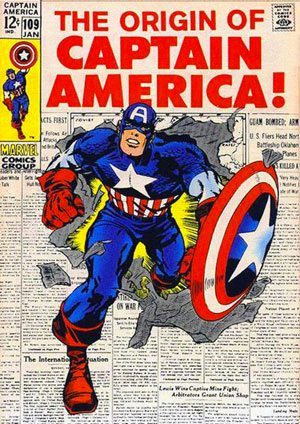
Source: Wikipedia
In 2010, I introduced comics as a writing stimulus for the first time with a small group of high ability Year 6 pupils. If comics could be used to engage the brightest, most competent, well-read pupils in the school, I thought, then that might help to alter their perceived ‘low-brow, dumbed-down’ status.
At the time, pupils in Year 6 happened to be studying World War Two. What better character to look at, then, than a superhero created, essentially, as war propaganda: Captain America.
With a new film due out, and trailers and exciting imagery floating around the internet, there was no better time to introduce pupils to a character who had first appeared in Captain America Comics, way back in 1941. The children were instantly engaged, and thoroughly excited, when I told them that we were going to write the story of Captain America.
But we didn’t write the story of Captain America.
What we actually wrote was Captain America’s origin story; the story of Steve Rogers, a sickly, slight, frail patriot who suffered ridicule and rejection in his quest to defend his country. Pupils became enraptured with the story of how this nobody, through sheer determination and will, was selected to become a ‘super-soldier’.
Whilst describing the transformation, one pupil wrote about how…
“The scientists gazed upon the figure inside with a look as if they’d seen a ghost. Or a god. They weren’t sure which just yet…”
While another described Steve’s reaction to the assassination of Dr Abraham Erskine, the scientist responsible for performing the procedure which would turn him into the ultimate soldier:
“Energy and power surged through every fibre in his body, and now he was determined not to let the good doctor’s killer get away…”
And this was where their ‘comic superhero’ story ended. The excitement of writing about Captain America had been an incredible motivator, and the source material had yielded fantastic initial results, but at the end of the day, this hadn’t been a story about a superhero. This was a story about a man striving to reach his potential, to protect what he held dear.
Understanding character development with comics
This first project made the potential of comics as a learning stimulus evermore intriguing. It also became clear that origin stories were a particularly useful element of the comic world, as for the most part, they actually dealt with human characters who underwent dramatic transformations.
As such, the next character we looked at was Jack Napier, or as he is more commonly known, The Joker. His was the tragic tale of a failed comedian forced into a life of crime, and it became the vehicle for teaching many high-level writing methods, including pathetic fallacy.
Pathetic fallacy is a form of personification which I didn’t encounter until my undergraduate years, and yet, ten and eleven-year-olds were quickly employing it to describe Jack’s heart-wrenching walk home from his final, failed stand up show:
“As he sauntered home by himself, the faint splashes of the rain and the icy cold whispering of the wind were his only comfort. Its soft hands wrapped round him like a blanket.”
Integrating comics into existing units of study
Two things were becoming clearer all the time: children really did love comics, and comics were a great stimulus for inspiring high quality writing. It was time, then, to widen their usage. Initially, it seemed most beneficial to integrate comics into existing units of work.
For example, when it came to tackling Myths and Legends, the latest comic version of Thor provided an instantly recognisable and engaging hook for pupils who knew the ‘God of Thunder’ from recent Marvel films.
When teaching stories with flashbacks, the origin story of Spiderman gave us the perfect means to explore ways in which a character’s past affected their current behaviour. But the efficacy of comics was not limited merely to their use as a writing stimulus. Even the unique features of the comic medium itself started to become immensely useful.
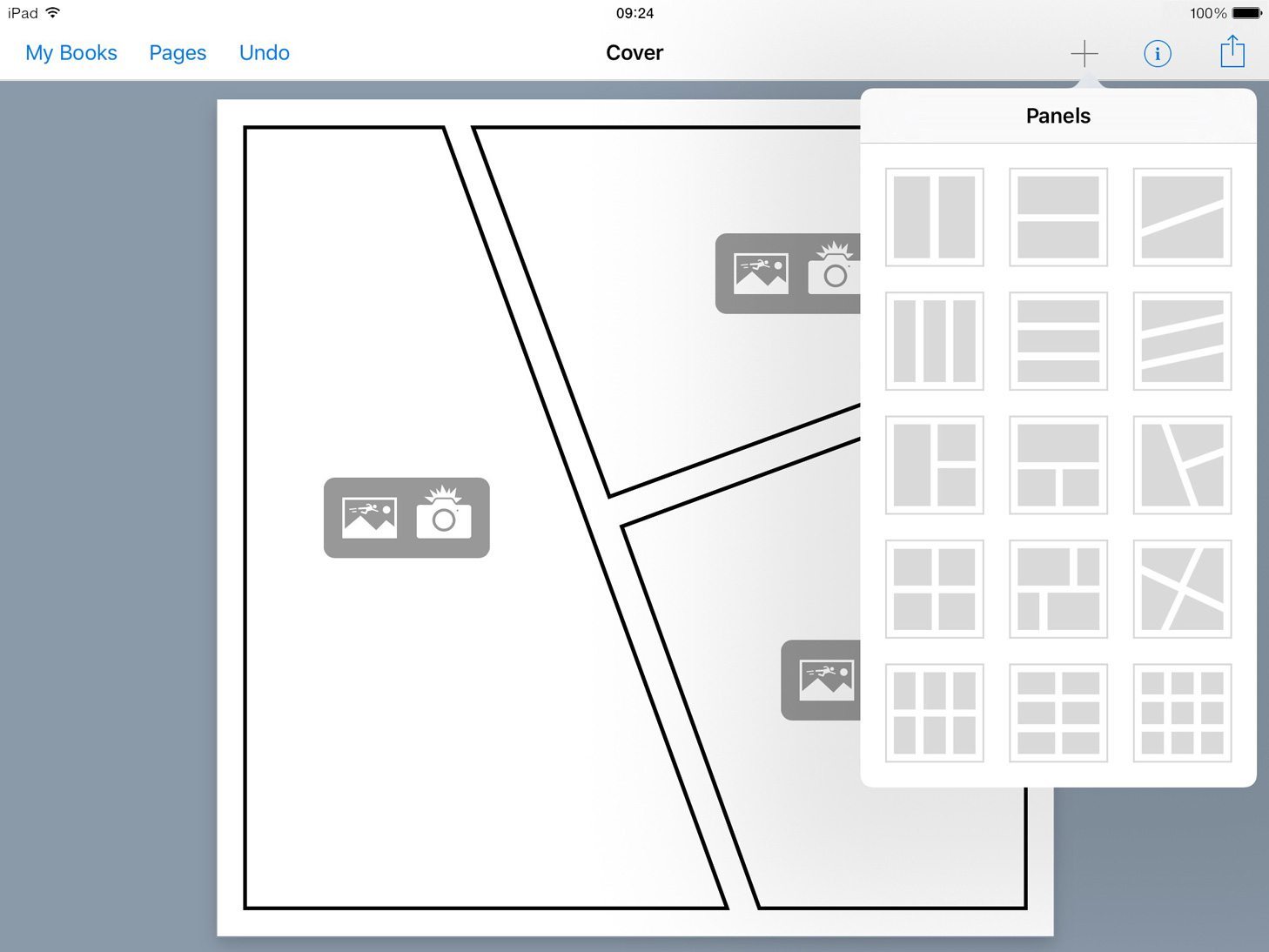
Replacing planning sheets with comics
Remember when writing was assessed with those awful timed SATS papers? The ones where a planning sheet was provided, and pupils would waste a good 15 minutes brainstorming a plan for their writing, a plan that they would never even glance at throughout the entirety of the test?
Plenty of time seemed wasted, both during SATS and regular literacy lessons, on planning pro formas and character profile sheets that would never actually inform writing. It certainly happened in my class, until the day I replaced those planning sheets with a blank comic page, and told pupils that they were going to make a comic based on their story idea.
All of a sudden, there was no hesitation, no lack of ideas, and certainly no lack of motivation. Pupils imagined and conveyed their tales in vivid detail, including elements, both drawn and written, which would never have made it anywhere near the old planning sheet.
Most importantly, when it came to the actual writing, pupils were constantly referring to the plan they were so proud to have produced. This left them free to focus entirely on composition, word choice, accurate and varied punctuation, and all the other aspects of writing that we as teachers hope to embed. I have never used a planning sheet since.
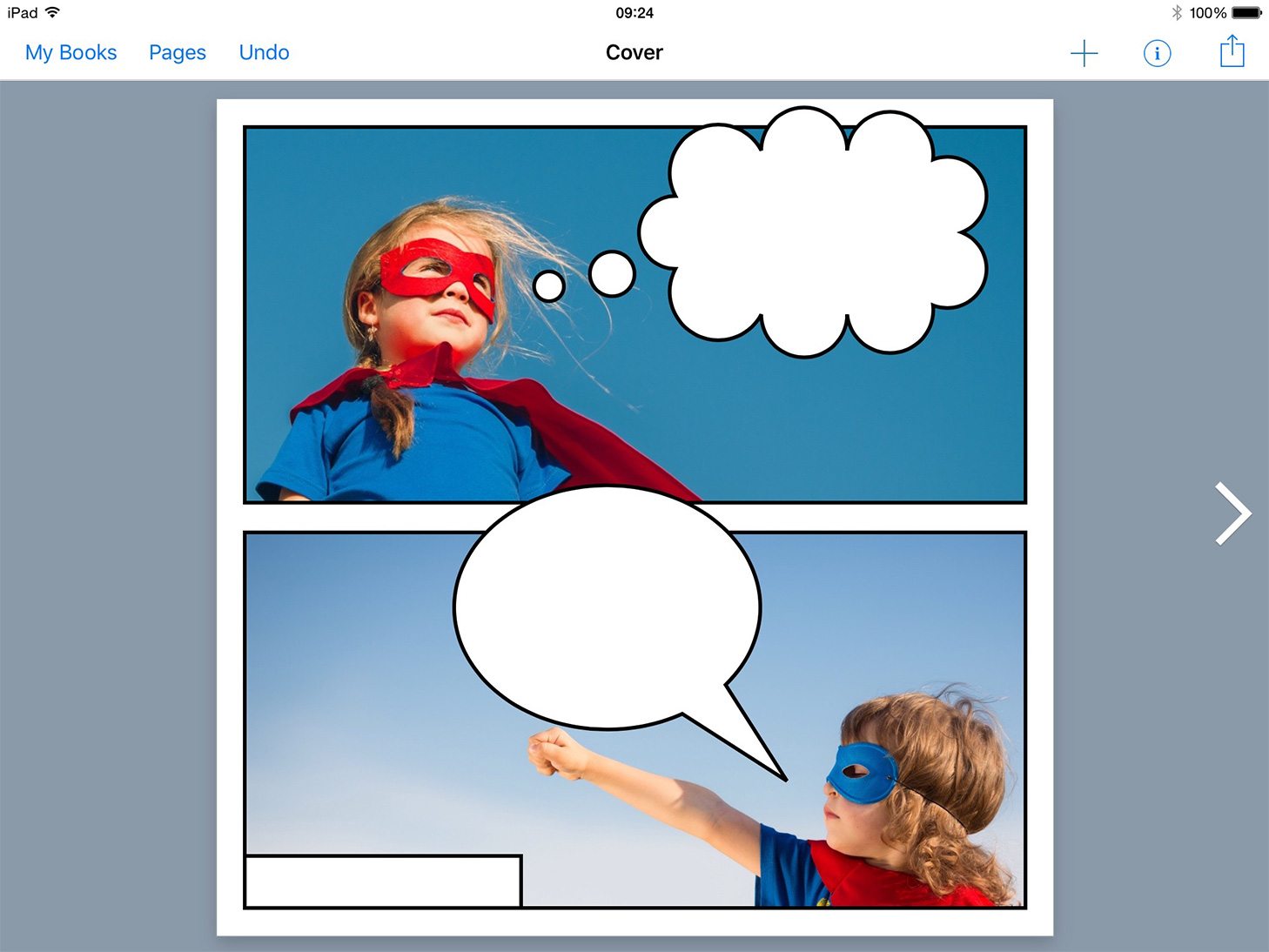
Teaching dialogue? Here’s a tip. Take a page of comic action, tip-ex out the speech from the speech bubbles, and have pupils infer the dialogue of their favourite comic heroes as they go about their illustrated adventures. Once pupils can see that whatever is inside the bubbles goes inside the inverted commas, you’ll never find another ‘said’ inside the speech marks again.

Credit: Gage Skidmore
Teaching Shakespeare? Perhaps you could make it relevant by making a link with a comic character.
I decided to take on Coriolanus with a group of Year 5s, and the simple fact that they recognised Tom Hiddleston (who played the titular character in the recent Donmar Warehouse production – pictured right) as the villainous Loki from The Avengers movie (and from a very successful unit on Viking myths) was enough to generate intrigue regarding the vengeful character of Caius Marcius.
A couple of immensely enjoyable weeks later, one 9 year old boy, who was a low-level writer when he started the year, turned out a script that was simply jaw-dropping. Highlights included:
Aufidius’ Wife (surprised):
Who do thee think thou art? Go to th’ deepest layer of th’ devil’s land and don the shirt and hat of humiliation!
…and…
Coriolanus (relieved):
I will ope’ the chest of Rome and have Aufidius make a sword of me to stab her in the heart!
This previously reluctant writer went to great lengths, not only to capture the tension of a meeting between enemies in fantastic figurative descriptions, but even to mirror Shakespearean punctuation and spelling.
After seeing this, I had a very candid conversation with this pupil, a child who had thrived on the stimuli used in the class all year. I told him that I couldn’t believe that the level he entered the class on was a true reflection of what he could do, that there must be another reason why he could, all-of-a-sudden, turn out work like this.
He answered very simply,
“It’s because you let us write what we want to write,
not what we’re told to write.”
Of course, he didn’t just get to write what he wanted to write, but the meaning was clear. Engagement, and a genuine interest in the subjects that the pupils are writing about, can be a major influence on the quality of work produced. Comics had unlocked this pupil’s full potential, and the same could be said for his peers. It was a class that loved writing, because they loved what they were writing about.
Not into comics? Where do you start?
Other reasons comics tend not to be found in primary classrooms? Well, perhaps it’s that other reputation they have. The reputation of being the singular and exclusive realm of the geek. It seems like an impenetrable world, where would a teacher who wasn’t ‘into comics’ even start?
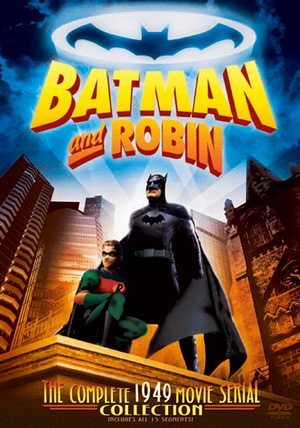
Source: Wikipedia
Well, they could start with what they know, and I guarantee, it’s a lot more than they think they know. They know who Batman really is, who his sidekick is, and where he keeps his Batmobile. They know who Peter Parker became when he was bitten by a radioactive spider. They know Clark Kent’s biggest secret, and they probably know his biggest weakness.
I’m also willing to bet that little or none of that existing knowledge was garnered from reading a comic book. These characters are embedded in our cultural consciousness, they are as popular and recognisable as any character from any form of literature. Most of them have been around for the best part of 70 years, and if the current trend in movies is to be considered, they don’t look like they are going anywhere, anytime soon.
Embrace the comic medium – I did – and it provided me with enough teaching ideas to fill a 208 page resource book (Developing Writing Through Comics – Creative Educational Press Ltd). It also inspired me to stand up and share my ideas with other teachers on conferences around the country,
The response to which has been overwhelming. You are only a wiki-search away from finding out all you need to start planning a comic-based unit of work – and your pupils will doubtless be champing at the bit to fill in any gaps in your superhero knowledge! As I learned from that 9-year-old mini Shakespeare – engagement means a lot – excited learners take pride in doing justice to a subject matter they love, and you as teacher will reap the benefits.
COMPETITION – win a copy of Developing Writing Through Comics
[COMPETITION CLOSED]Mathew Sullivan has kindly donated a copy of his book ‘Developing Writing Through Comics’ (which retails at £19.99).
His book is packed with practical, engaging ideas based on comics, comic characters and comic-based resources, spanning six key areas of Literacy:
- Engaging reluctant readers and improving comprehension.
- Developing meaningful story planning and sequencing.
- Creating rounded, captivating characters who act, interact and react realistically.
- Improving locational writing and introducing advanced descriptive techniques.
- Expanding vocabulary and teaching spelling, punctuation and grammar in context as tools of effective writing.
- Extending gifted and talented pupils and providing opportunities for cross-curricular learning.
TO WIN: Simply add a comment below telling us who your favourite superhero is, and why.
COMPETITION CLOSED – Congratulations to Josh Harding, who was chosen at random to win the prize.
I won these awesome books in a @BookCreatorApp competition at the end of last year. Very cool. Thank you so much! pic.twitter.com/iqj1RQJoWx
— Josh Harding (@harding_joshk) January 1, 2016
Mathew Sullivan is a primary school teacher from Manchester, UK. You can find many comic-based resources, work examples and lesson ideas on his website.
You can order any of his teaching titles, along with his new novel for children, ‘Melvin McGee: Zombie Hunter’ at www.thecepress.com.



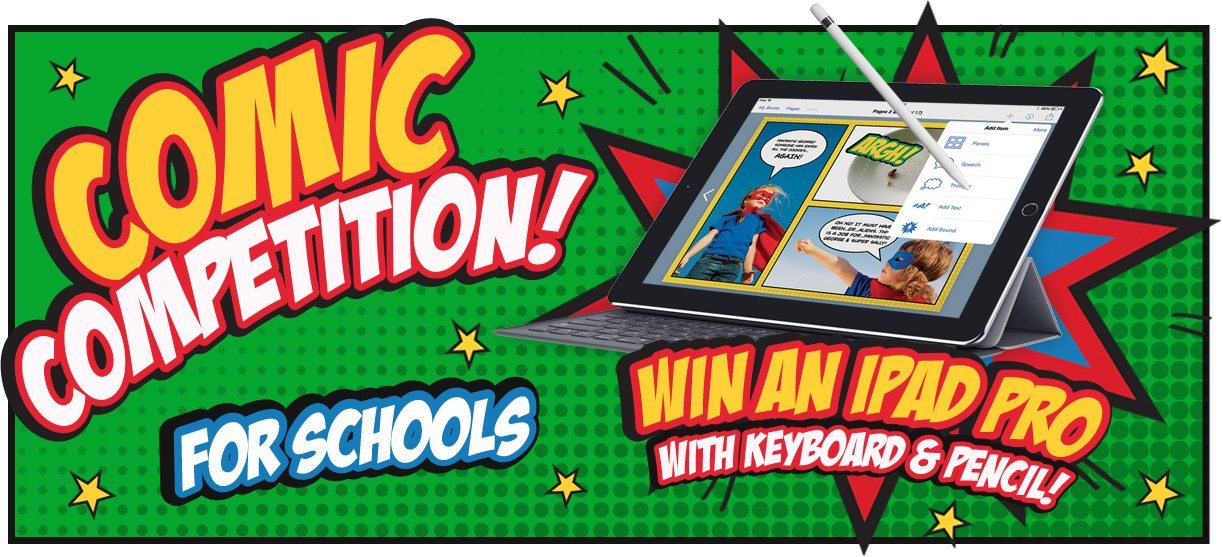
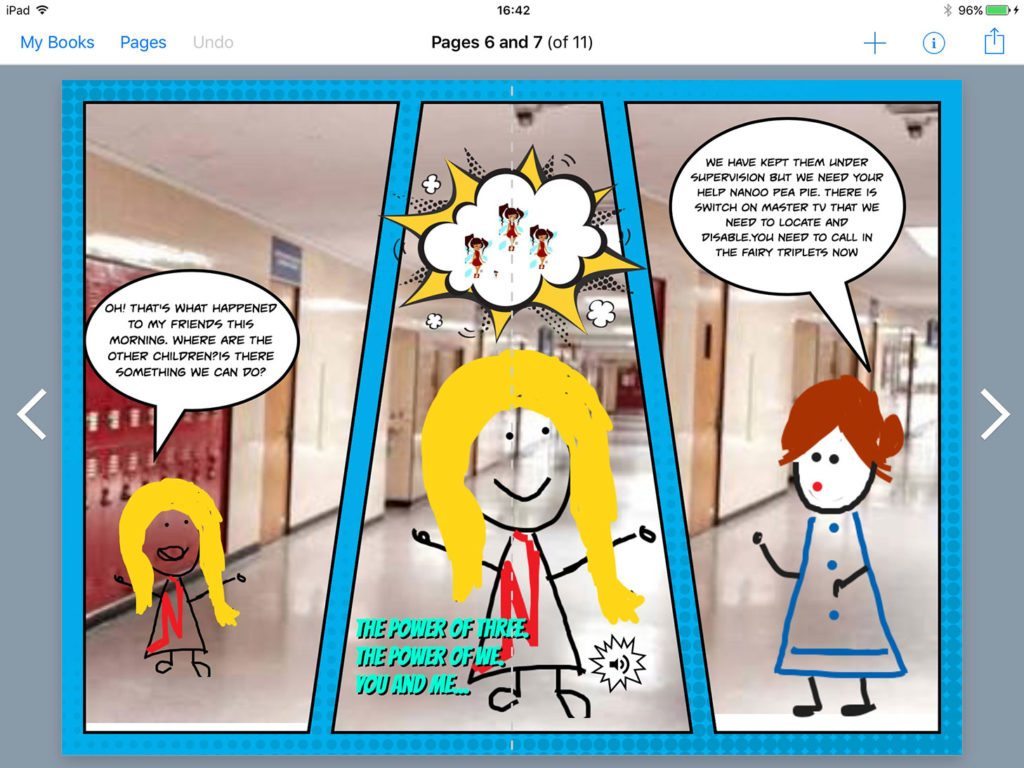
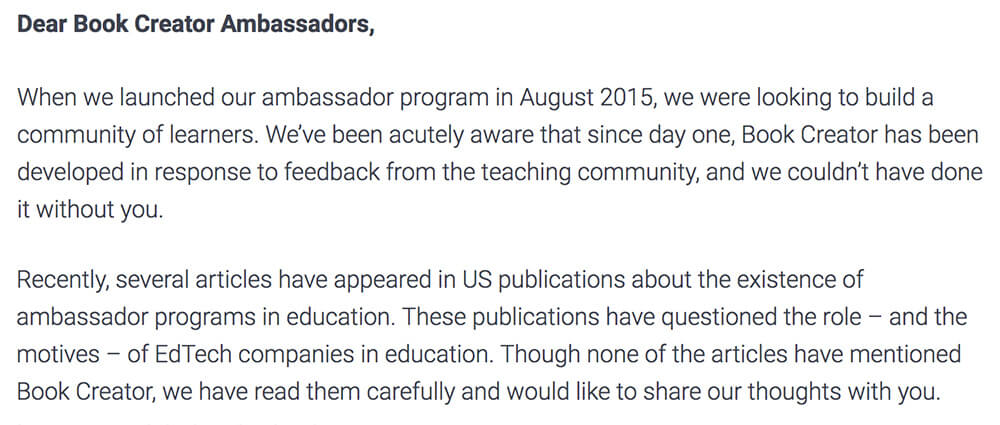
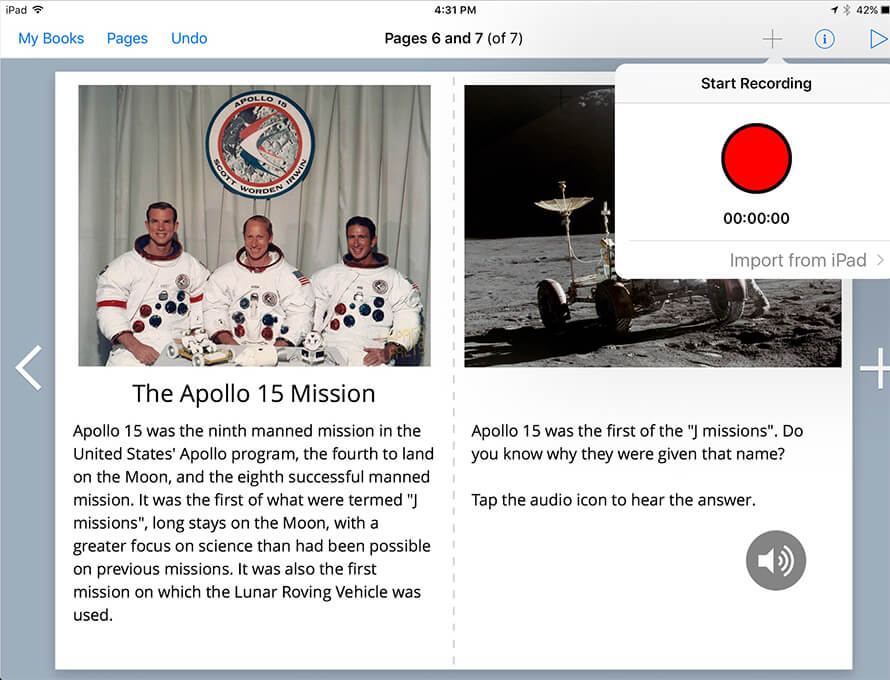
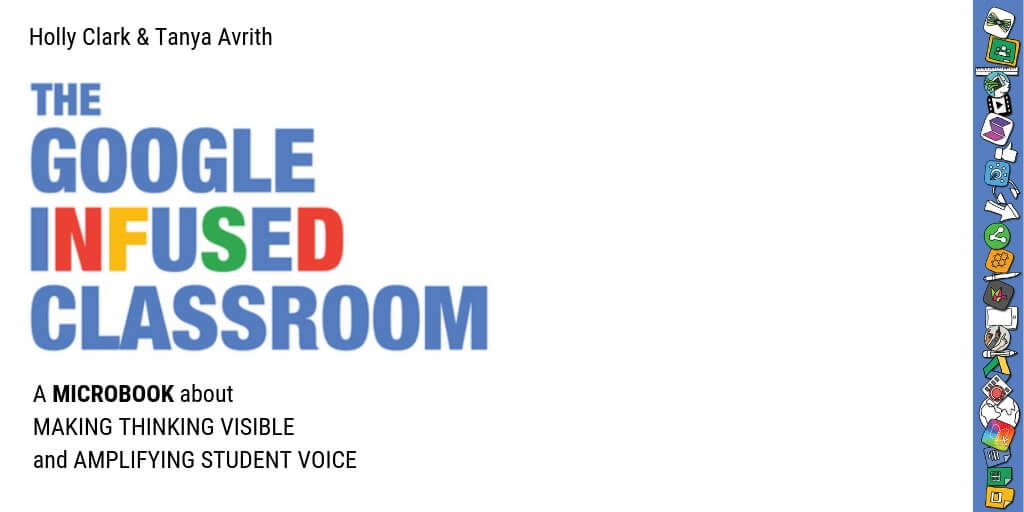

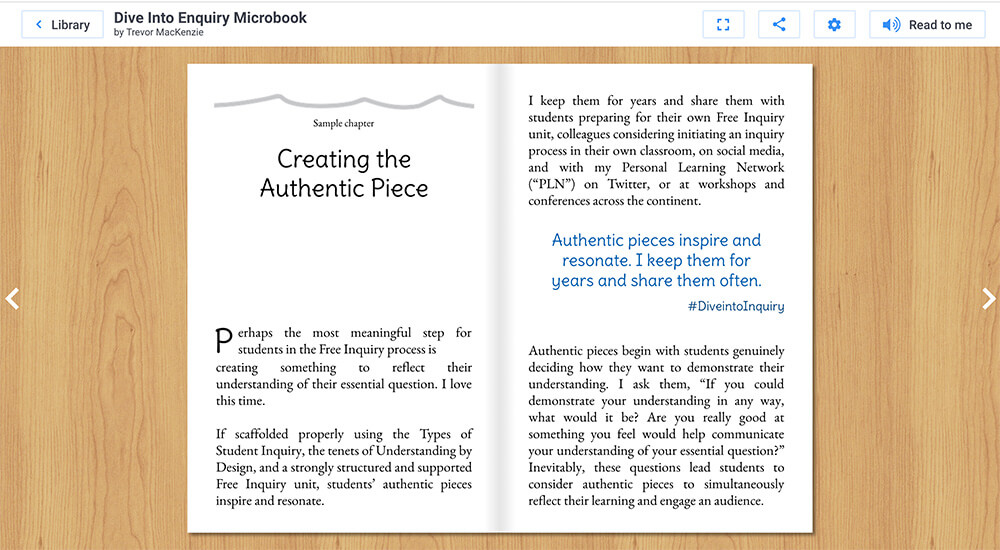

20 Comments on “How can we use comics in the classroom?”
Great article. Will have to give Zombie Hunter a look! I’ve heard great things.
The Riddler has always been my favourite comic book character. I do love riddles myself but I also enjoy the different origin stories he has.
My favourite comic book character is Wolverine. He is a tortured soul that continues to fight for good, sometimes without knowing why. Wolverine’s powers have enabled him to fight in countless wars without a scratch to show, except for those of his enemies who felt the wrath of his adamantium claws! Wolverine (aka Logan, aka James Howlett) started out as an anti-hero mutant, but has since developed into a class-act superhero.
The Flash is by far my favourite superhero. He has lightning quick reflexes and can even beat Superman in a race if needs be.
I’m a massive fan of using comics and think it’s a great way to get reluctant readers engaged. Great for early years as well as they can focus on the images and add text when they develop the necessary skill set.
Great post. Some great ideas.
For me it has to be Wolverine. A bad ass who doesn’t mind saying what he thinks. He is also short, like me (although not in the films!) and has the grooviest sideburns in all of comic-dom!
My favorite character is Batman. As a kid I loved the bat-cave with all the appliances and I especially loved the bat-mobile.
The title song of course is epic (don’t you hear it playing now in your head aswel ?)
Have always been a big Spider-Man fan, love that he comes from humble/average beginnings. I loved watching the old cartoon while growing up, endless web-slinging and repetitive backgrounds.
My favorite has always been superman. He can fly shoot lazer beans from his eyes and is pretty much indestructible.
I would have to go with Black Widow as my favorite comic book hero. Though she started at a young age as an assassin, I feel like she has overcome her past by working with the Avengers and now serving as a top S.H.I.E.L.D. agent. We all have pasts that we would like to erase, but I am fascinated with the fact that hers involved annihilating bad guys through acrobatics, which is so cool! She doesn’t have super powers like the others, her power is strictly strength, athleticism, and smarts. Plus she’s a rock’n hot spy!
Thanks for the great article! My favorite superhero is Iron Man because he’s all about technology. Gotta love the movie theme song, too.
Superman is my hero. He is able to blend into everyday life. He is very observant and has a compelling sense of who he is. He represents good and has a moral compass. Similar to a teacher; knowing what we stand for and what needs to be achieved. Being observant and scaffolding (under gird) learners. We are a life line and a pathway for the future experiences. #superheros
I’ve always thought comics had great potential for learning, and yet I’ve always been derided as a comic book nerd whenever I’ve tried to use them. It just takes one great unit…
My favourite comic book character has to be iron man. He’s no hero as tony stark, but when the armour goes on he can take on anyone and anything. Plus who can’t appreciate his sarcastic comments and witty remarks. Finally, he’s easily the best character in the movie adaptations – Robert Downey Jr steals the show everytime.
Great article with lots of ideas!
My favourite superhero is Ironman. I love the futuristic technology and the amazing ideas he comes up with. I love his love of ACDC and his confident, slightly arrogant manor. However, he often shows his caring side but doesn’t like it to show.
Comics are great at engaging all learners. Sometimes all it takes is a page with some boxes waiting to be populated with content to get reluctant learners participating. Better than staring with a blank page!
Comics are also great for explaining a process e.g. a science experiment or cooking something in home economics.
Love it!
Biggles! Not exactly a superhero, but his adventures all around the world in his various aircraft encouraged me to read, imagine and just wish I could be with him. I think the comics came later than the books, and they just added images to what I had already had in my head from reading the books. A superhero from earth!
My fave has got to be THE HULK. I think he is misunderstood and full of angst fairly similar to myself as an NQT!!! :)
My favorite superhero is Batman. He shows that from tragedy an individual can rise up and make a difference.
My favorite superhero would have to be Banana Man. The first superhero of many British children of a certain age, and he gets his power from bananas! Bananas!
Spiderman simply because he makes being bit by a spider relatively cool.
Batman! An orinary guy making tech work for him to help others.
Our first topic in year 2 is superheroes and love using comics but here are some amazing ideas.
The best superhero has always been The Batman who uses resources, intelligence and a great knack for martial arts to keep Gotham safe :-)
BatGIRL because she fought crime by night but by day? A librarian!
I’m so intrigued by this idea as a way for kids to write about and share their research.